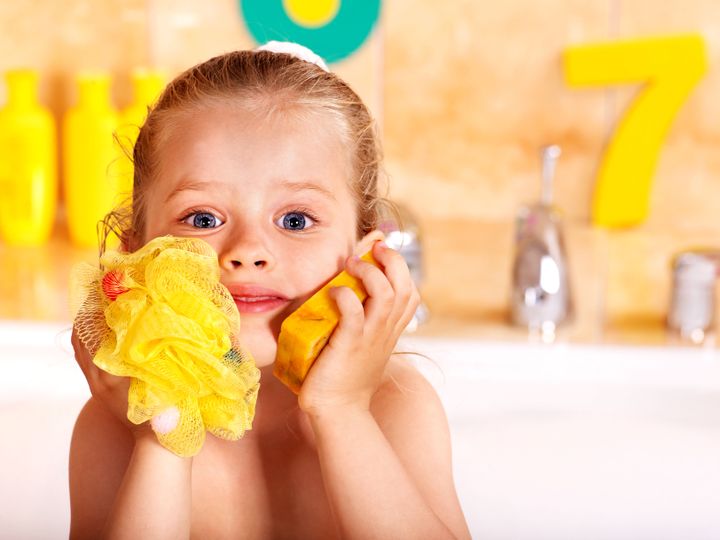
'Tis the week of last minute holiday shopping. Right now you're probably busy trying navigating your way through packs of shoppers, raiding the toys aisles, and frantically crossing names off your gift list. In the midst of holiday madness, the last thing you want to worry about are sneaky toxic chemicals in your kids' gifts. Take toxic chemicals off your gift list this year by using these top 5 tips for non-toxic toy shopping:
1) Be prepared: Look up toys on HealthyStuff.org and choose toys from their "No detected chemicals of concern" list and "Low detected chemicals of concern" list when possible. As you browse the HealthyStuff site, you can start to organize a list of toys that interest you with their product tool. You can also find product ratings and suggestions for toys and other baby products on the Good Guide. Both Healthy Stuff and the Good Guide have handy apps so you can look up toys on the go.
2) Reuse: Search online, or at local thrift stores and flea markets, for secondhand books and toys. You can find a lot of kids items in great condition; just remember to clean used toys and books with soap and warm water, and avoid plastic as much as possible. Another option is to organize a toy swap with friends: Trade your unused, unwanted, or otherwise off-to-the-donation-bin toys with your family and friends.
3) Skip plastic toys: Many plastic toys contain phthalates, a toxic chemical linked to several health issues. Avoid phthalates by choosing cloth or wooden toys (and don't forget to check out the tips below to help you pick the safest cloth and wooden toy options). If you do purchase plastic toys, try to stick to hard plastics, since soft plastics often have higher phthalate levels. If you decide to purchase wooden or cloth toys instead, look out for plastic add ons, like plastic shapes sewn into the fabric, or plastic parts attached to the wood. Try to choose cloth and wooden toys that contain no plastic.
4) Better wooden toys: Look for unvarnished wooden toys. If your purchase varnished toys, choose ones with a low-VOC or water-based stain or sealant, or toys that are finished with tung oil and beeswax.
5) Safer cloth toys: Look for cloth toys made out of organic cotton, wool, hemp, or bamboo. Read the labels, and stay away fabrics that are water repellant, water proof, or that are labelled "California TB 117." The "California TB 117" label means that there are flame retardants in the item, which can be toxic, especially to children. For more information on flame retardants, and how to avoid them, visit the Green Science Policy Institute.
6) Try activities: Lisa Frack from Environmental Working Group recommends skipping the non-toxic toy shopping hassle by switching out traditional toy gifts with fun activities. A meal at a favorite restaurant, a special day trip, or registration for a fun activity like ice skating or gymnastics all make great, non-toxic gifts.
This blog comes from MomsRising.org and CustomFitWorkplace.org and presents innovative ideas to strengthen 21st Century American families through public policy, business practice, and cultural change.